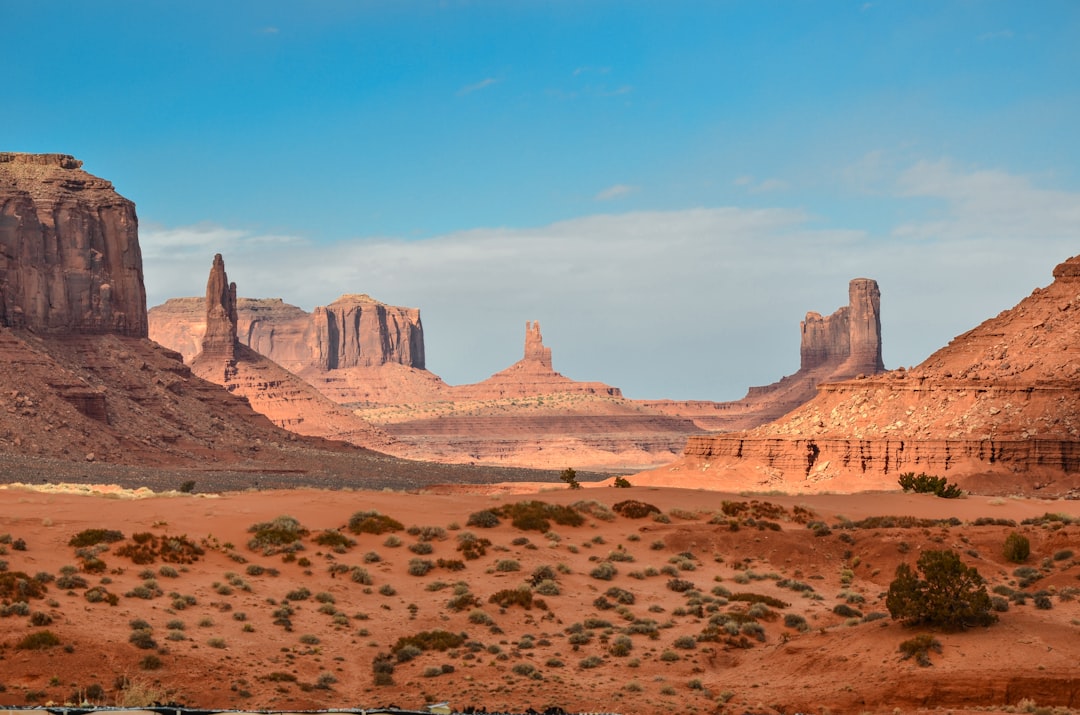How plants survive and thrive in Earth's most extreme environments
From the icy tundras to the sweltering deserts, from the dripping rainforests to the windswept grasslands—plants are everywhere. But they’re not the same everywhere. Over millions of years, plants have developed amazing adaptations to survive and thrive in vastly different ecosystems.
In this post, we’ll explore the world’s major biomes and the special adaptations plants have evolved to fit each one.
🌍 What Are Biomes?
A biome is a large geographical area defined by its climate, soil, and the plants and animals that live there. Climate (especially temperature and precipitation) plays a key role in shaping each biome’s vegetation.
The major terrestrial biomes include:
-
Tropical Rainforest
-
Desert
-
Tundra
-
Taiga (Boreal Forest)
-
Temperate Forest
-
Grassland
-
Savanna
-
Chaparral
Let’s look at each biome and see how its plant life has adapted.
🌴 1. Tropical Rainforest
Location: Near the equator (Amazon, Congo, Southeast Asia)
Climate: Hot and wet all year
🌿 Plant Adaptations:
-
Broad, waxy leaves to absorb maximum sunlight and shed excess water.
-
Drip tips allow rainwater to run off quickly to prevent fungal growth.
-
Tall trees with buttress roots for stability in shallow, nutrient-poor soil.
-
Epiphytes (like orchids and bromeliads) grow on other plants to reach light.
🌵 2. Desert
Location: North Africa, Southwest USA, Australia, Middle East
Climate: Hot days, cold nights, very low rainfall
🌿 Plant Adaptations:
-
Succulent tissues (like in cacti) store water.
-
Thick waxy cuticles reduce water loss.
-
Spines instead of leaves minimize transpiration and offer protection.
-
CAM photosynthesis allows stomata to open at night to reduce water loss.
-
Deep or widespread roots absorb as much water as possible when it rains.
❄️ 3. Tundra
Location: Arctic, high mountaintops
Climate: Cold, short summers, permafrost, low precipitation
🌿 Plant Adaptations:
-
Low-growing forms avoid wind damage.
-
Dark-colored leaves absorb heat.
-
Fuzzy stems or leaves for insulation.
-
Rapid life cycles complete reproduction in short summer.
-
Shallow roots due to permafrost.
🌲 4. Taiga (Boreal Forest)
Location: Canada, Russia, Scandinavia
Climate: Cold winters, mild summers, moderate precipitation
🌿 Plant Adaptations:
-
Evergreen needles reduce water loss and allow photosynthesis year-round.
-
Conical shape sheds snow easily to avoid branch damage.
-
Thick bark for protection against cold and fire.
-
Waxy coatings on leaves protect from freezing.
🌳 5. Temperate Forest
Location: Eastern US, Europe, East Asia
Climate: Four seasons, moderate to high rainfall
🌿 Plant Adaptations:
-
Deciduous trees shed leaves in winter to conserve water.
-
Broad leaves for maximum photosynthesis during the growing season.
-
Dormancy during winter months helps plants survive cold and lack of sunlight.
-
Rich humus layer in the soil supports deep root systems.
🌾 6. Grassland (Prairies, Steppes)
Location: Central North America, Central Asia
Climate: Hot summers, cold winters, seasonal rain
🌿 Plant Adaptations:
-
Deep roots to reach water and survive fires and droughts.
-
Narrow leaves reduce water loss.
-
Flexible stems resist wind.
-
Underground storage organs (like bulbs) help regrow after fire or grazing.
🌴 7. Savanna
Location: Africa, South America, India
Climate: Warm year-round, distinct wet and dry seasons
🌿 Plant Adaptations:
-
Scattered trees with small leaves or thorns (like acacia) reduce transpiration.
-
Fire-resistant bark protects trees during wildfires.
-
Extensive root systems absorb water quickly during rainy season.
-
Grasses with rapid growth after fire or grazing.
🌿 8. Chaparral (Mediterranean)
Location: California, Mediterranean Basin, Australia
Climate: Hot, dry summers and cool, wet winters
🌿 Plant Adaptations:
-
Small, leathery leaves reduce water loss.
-
Aromatic oils deter herbivores and help reduce heat.
-
Thick bark and fire-triggered seeds allow regeneration after fire.
-
Drought tolerance is key—many are evergreen shrubs.
🌎 Why Plant Adaptations Matter
Plant adaptations don’t just allow species to survive—they also shape entire ecosystems. The types of plants in a biome influence:
-
The animals that live there
-
Soil quality and erosion control
-
Water cycles and carbon storage
-
Human agriculture and economy
Understanding these adaptations helps us protect biodiversity, manage crops in changing climates, and restore damaged ecosystems.
🌻 Final Thoughts
Plants may seem stationary and passive, but they are constantly adapting and evolving. Their ability to survive in extreme conditions—from freezing tundra to blazing deserts—is a testament to nature’s ingenuity.
By exploring plant life across biomes, we gain insight into the resilience of life on Earth—and how deeply plants are connected to our planet’s balance and health.

Comments
No comments yet. Be the first to comment!
You must be logged in to comment. Login